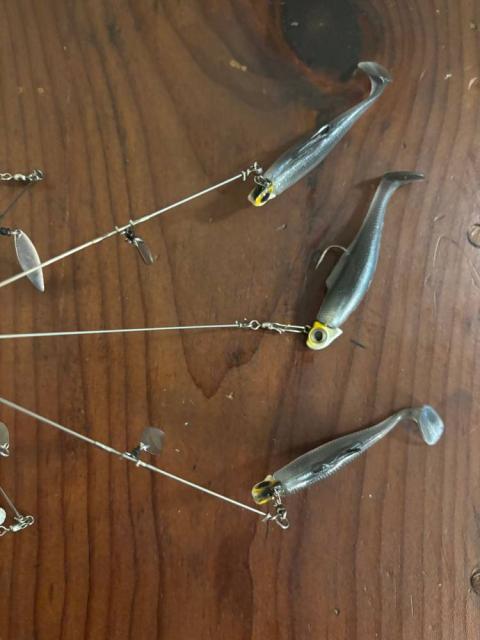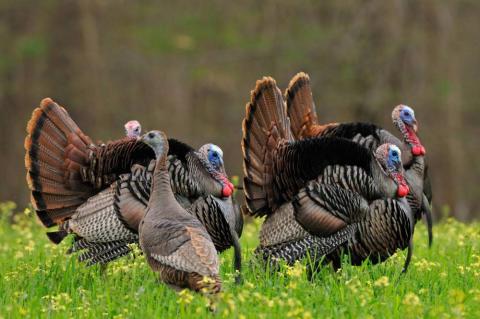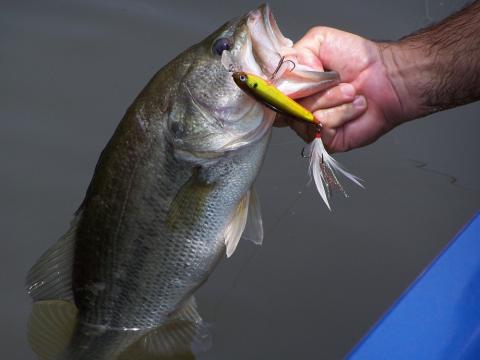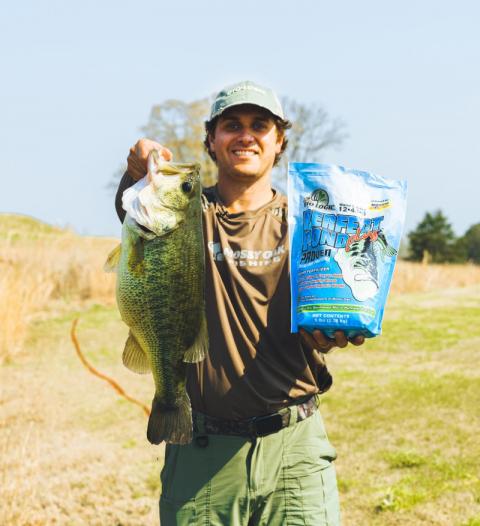Heath Wood

Even though many years have passed since I was a young boy, I can still recall my first turkey hunt with my grandpa. I was not old enough to be behind the trigger, yet I was able to watch as my grandpa used a homemade box call to lure a mature tom into shotgun range. That successful morning, many moons ago, was also when my passion for turkey hunting began. In fact, I have spent every spring for the past 27 years hunting and calling in hopes of bagging a big gobbler.
Like most hunters, I began learning to call with a wooden box call. Once I had mastered the basics of calling turkeys on a box call, I was fueled with the desire to learn as many different types of calls as possible. These different types of calls to which I yearned to learn about included slate calls, diaphragm calls, tube calls, wingbone calls and anything else that I could find that would make the sounds of a wild turkey.
As I became older, my love of using turkey calls lead me to compete in several turkey calling contests, which eventually lead me to work for a call company as a pro staff member for 8 years. During that time, I practiced my calling throughout the year. I was always eager to try out whatever new calls the company would release for that particular year. Unfortunately, this also led me to believe that the box call in which I had cut my teeth on as a beginning turkey hunter, was now old school. I was also under the impression that I was good enough on different types of calls and I didn’t need to use a box call anymore. I came to the realization that I could not have been more wrong. Once I began putting more effort into harvesting turkeys instead of trying to sound good on a turkey call, I started to appreciate the fact that the box call has been around since the very first calls were developed for a reason, being that they work. In fact, listed below are 3 reasons that I have educated myself as to why the box call will always be around and why it is a call that should be in a hunter’s turkey vest each spring.
It’s Where It Begins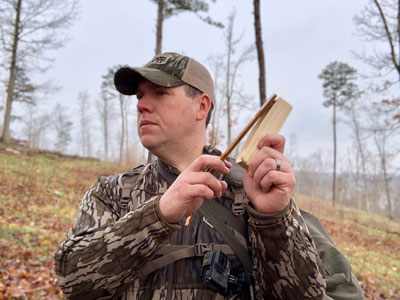
The main reason the box call style of turkey call will always be around is simply because it is the easiest call for a newcomer to learn. Almost every hunter will say that they learned how to call on a box call and, in my opinion, that’s the way it should be. If one was to try to learn how to call on a diaphragm call for their first ever attempt in calling, they could become aggravated and might possibly give up on trying to call to a turkey. A box call requires the least amount of effort to get a sound out of when learning how to call. After learning how to get a rhythm, the chances of being able to duplicate the yelp of a wild turkey is pretty good. After the yelp has been made, next is the cluck. Again, making this sound is easy on a box call. Once a hunter can learn how to make the yelp and the cluck, they can start hunting. Although there are several other sounds in a turkey’s vocabulary, those two are the most common when trying to call a spring gobbler into shooting range.
Authenticity
When a call has been around for a long time, such as a box call, there is a great possibility that it is still in high demand from hunters. Throughout the years, hundreds of different styles of the box call have been manufactured. Different shapes and sizes have been developed, as well as different features being added such as removable lids that make different sounds, waterproof coatings on the lids to allow usage when wet and several types of woods to create different tones. Even with all these changes, the reason for years of existence is not only the ease of use, it is also the authenticity developed from several different types of woods used to make the box call. These woods have been used because each one has a true authentic sound of a hen turkey and the specific tone and pitch that a box call produces in the wild is some of the truest to nature sounds possible. In my own experience, I have noted that when a gobbler seems to not respond to any other call, I can often resort back to a box call and get him to gobble. Getting a stubborn tom to gobble at a box call when he is quiet to all other methods of calling is due to the certain pitch that only a box call can produce while hunting.
Volume
Over the past several years of turkey hunting, I have concluded that there are certain situations in which using a box call is the only option. The most common situation for a box call only hunt is when hunting in the wind. On windy days, turkeys seem to have a difficult time hearing one’s calls. As mentioned earlier, a box call has a one-of-a-kind pitch when being used. This high pitch sound is perfect for cutting through the wind, allowing the gobbler to hear the sound when no other call seems to reach him.
Another situation when a box call is needed is when hunting large open areas such as a field. One of my favorite ways to hunt turkeys, especially with a bow is using a ground blind such as the Alps Outdoorz Thicket blind. When hunting open areas, the need for calling loud is required for the sound to reach a longer distance. Using a ground blind allows for the use of a box call, which is one of loudest calls made, and one can still get by with increased movement that the box call takes when being used. One of my favorite calls to use when high volume is needed is FoxPro’s Mighty Box. At first glance this particular box call is smaller in size, however, it produces a high-pitched yelp that will carry a long distance. The other situation that I prefer a box call is when it is raining. A light to moderate rain is a great time to hunt field areas for turkeys. When rain is falling, there is a constant sound being made that makes it difficult for a turkey to hear. For years a box call was out of the question once it became wet, because when the paddle creates friction with the box of the call it cannot make a sound when both woods have become wet. However, a few years ago, box calls starting being produced with a waterproof coating such as H.S. Struts Undertaker Box Call which has a coating on the lid and assures that this doesn’t happen.
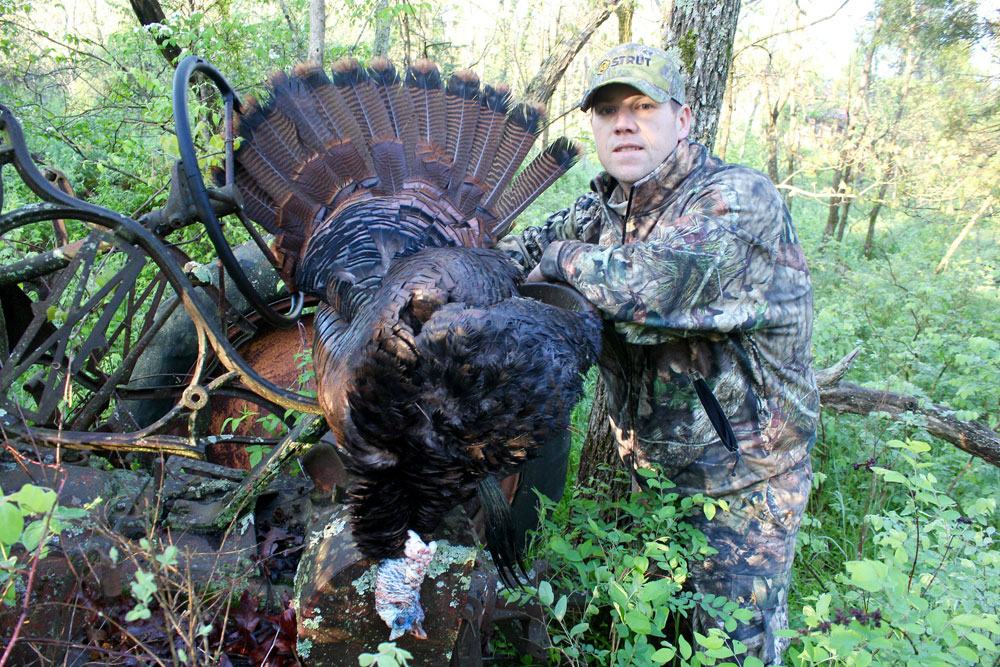
The traditional box call style turkey call may be one of the oldest designs made, and yet it is also one of the oldest styles of call that is still being manufactured today. It is a simple call to use, it sounds like a turkey and there are certain situations that arise for a turkey hunter when nothing else will do the job. Try not to jump to the conclusion that the newest calls are the best and steer away from the mentality that I once had in thinking that the box call was outdated. It is, in fact, one of the most effective types of calls and it should always be with a hunter when calling.

















